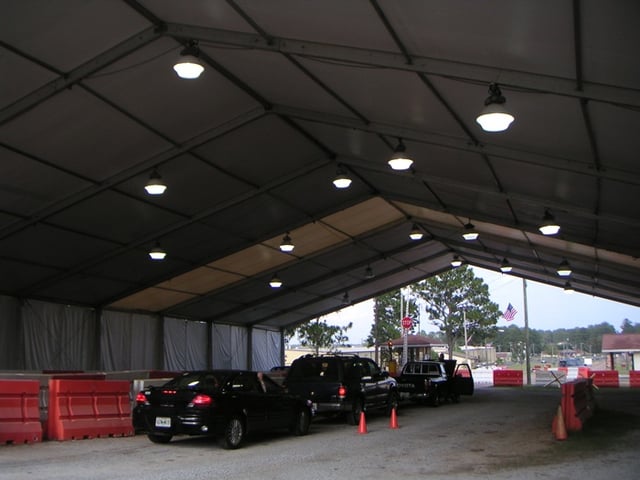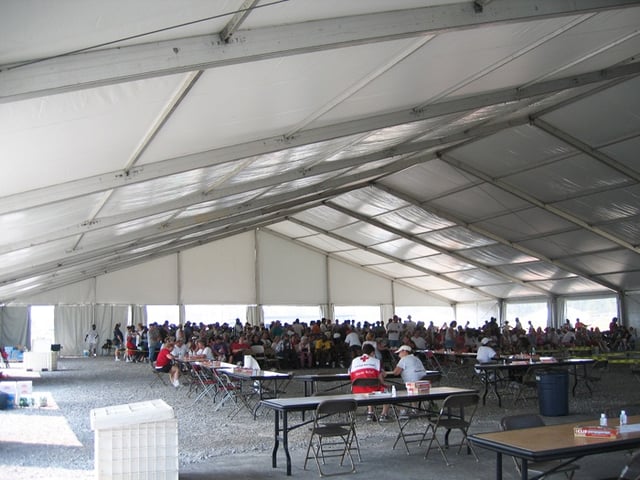
Natural disasters seem to happen frequently. The environment is changing which is resulting in more frequent weather-related natural disasters. When these things occur, entire villages, cities or geographical regions can be affected. Entire populations of dozens, hundreds, or thousands, of people will require shelter. It is the following days, weeks, or even months that it will take for life to get back to normal after a disaster. During that time, to protect a person from the effects of exposure to the elements, shelter is critical to survival and recovery.
Shelter is an immediate priority for human survival. Consider the trauma a person may have experienced during a catastrophic event and the need for shelter is even greater. An emergency shelter protects a person by:
- Sheltering from precipitation and chilling wind effects
- Insulating the body from a damp, cold ground
- Portability allows habitation near vital resources such as water, food supplies, etc.
- Improving morale by providing a place of comfort and safety
By having immediate access to shelter, revovery efforts are quick to begin and increase survival rates . This is important if an entire region is to recover and restore normal function to infrastructure and rebuild the local economy. The quicker the response of creating emergency, temporary shelters, the sooner an affected area can begin to rebuild their community.
Emergency shelter is also more than just about housing people. Depending on how large the need is, there may also be a need for emergency warehouse shelter to safely store critical supplies such as food, medicine, and building materials. An entire community may need to be installed by setting up temporary buildings and shelters consisting of: temporary housing shelter, medical clinic, communication depot, food service and preparation area, dining hall, dormitory, warehousing, etc.

The solution to improved disaster recovery is a rapid response when it comes to shelter. Modern temporary shelters are portable and designed for quick installation. Once a crew is deployed, a functional camp can be constructed within hours. This is the key to a stronger, faster recovery time.
In addition to response time, design flexibility of shelters can improve the quality of life for survivors. By choosing temporary structures that are expandable and can grow with the needs of the local population, a community is ensured that if more accommodations are necessary, it won’t take long to provide for these needs.
Improved sanitary and security conditions also elevate survivability rates. Temporary shelters that provide modern outfitting with sturdy flooring, adequate lighting, secure doors, and climate control devices can provide better protection for survivors as well as increase their morale.
When searching for a company who can meet the need of temporary emergency structures, it is also important to evaluate the abilities of a company. Throughout the duration of the project, crews must be able to:
- Rapidly deploy
- Work self-sufficiently
- Travel to remote, isolated areas and regions
- Meet their own survival needs of shelter, food and water
Interested in learning more about temporary structures for disaster relief, or want more information about how you can get a custom fabric building for your business?
